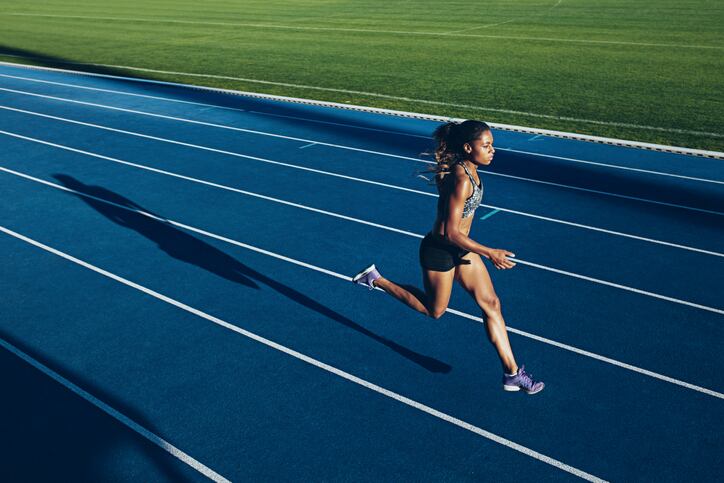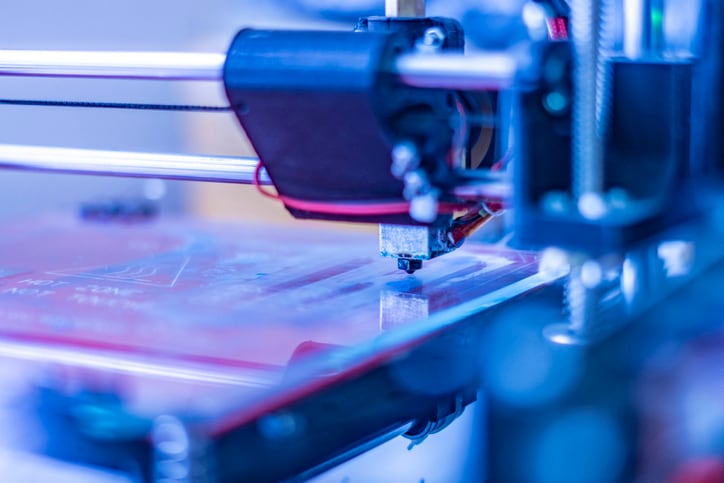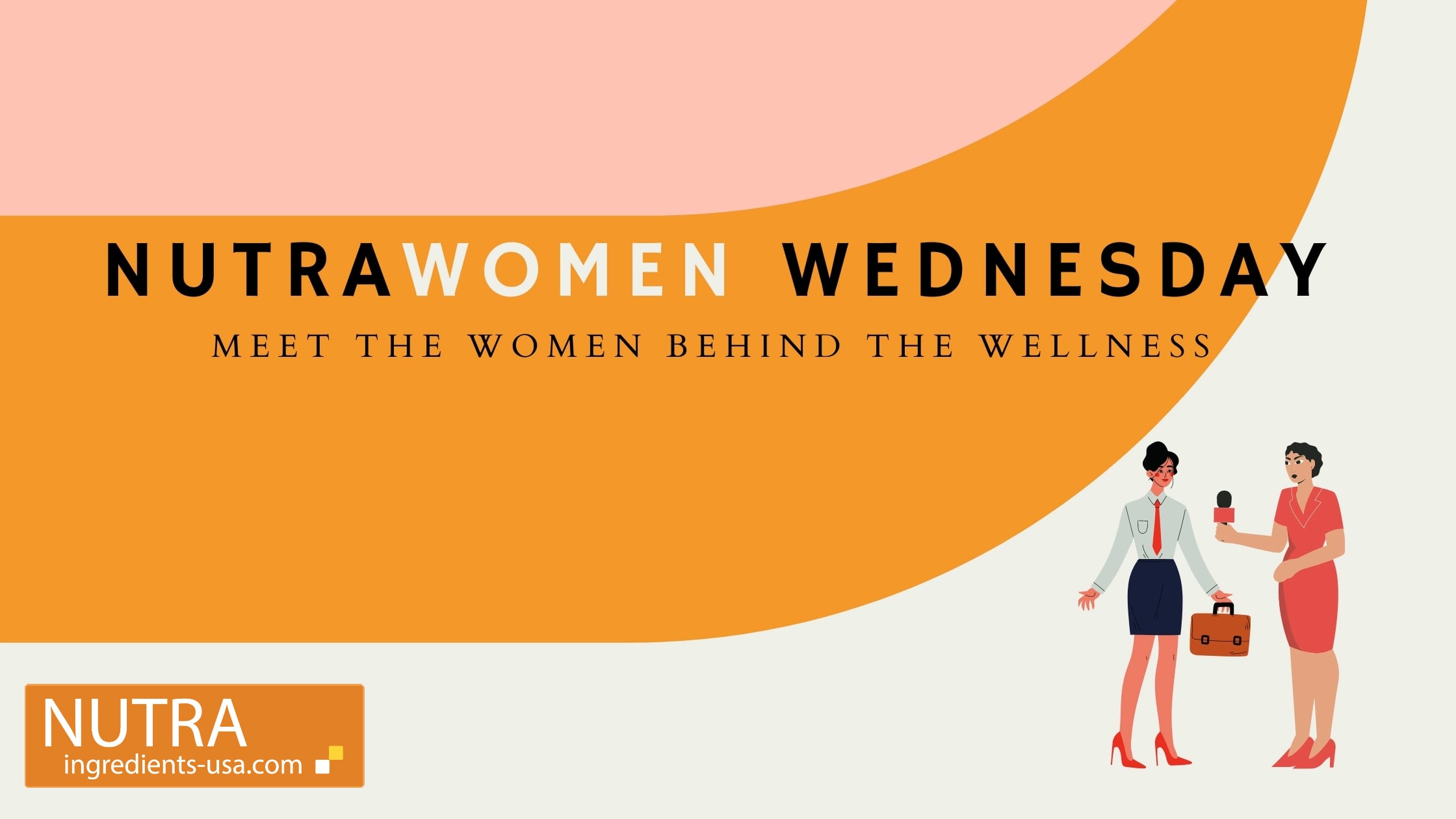Urinary incontinence affects women of all ages and athletic abilities, but is often underreported. Those participating in high impact sports reported the highest prevalence of urinary incontinence. Previous studies have shown that female athletes who experience urinary incontinence are more likely to drop out of sports.
Physicians in the Boston Children's Hospital Female Athlete Program and the Department of Urology recently examined the underlying factors that may contribute to urinary incontinence.
"We knew that low energy availability, which occurs when athletes don't take in enough calories to meet the energy demands of their training, has been linked to a number of health and performance problems in female athletes," said sports medicine physician, Kristin Whitney, MD, MA. Such problems include menstrual dysfunction, poor bone health, cardiac and gastrointestinal problems, and decreased muscle strength and endurance.
Researchers wondered if low energy availability might also be related to urinary incontinence, and what that could mean for patients. With that question in mind, Kathryn Ackerman, MD, MPH, medical director of the Female Athlete Program, led a study to investigate energy’s role in incontinence.
The study
In a study published in the Journal of Pediatric Urology, researchers conducted a cross-sectional cohort study of 1,000 female athletes between ages 15 and 30 who presented to Boston Children's Sports Medicine Division for any reason. The comprehensive survey included questions about the athletes' nutrition and general health, exercise and performance, self-reported history of disordered eating, and urinary incontinence during sports.
Findings
The survey revealed that 16.5% of respondents reported urinary incontinence during athletic activity. Athletes participating in high-impact sports such as running, cheerleading, and gymnastics were more than four times more likely to report urinary incontinence compared to other sport categories.
“I am glad to see they are recognizing the prevalence of UI even in young women athletes with 16.5% reporting UI, as this will only help open discussions and better, more available treatments,” noted Dr. Tracey Seipel, a formulator who pioneered the natural urological health category and developed the botanical blend Urox for urinary tract support. “It is a common misconception that general exercise and people who are fit, naturally have a strong pelvic floor. Exercising the larger muscle groups doesn't necessarily mean they are exercising the smaller internal pelvic floor muscles.”
Perhaps the most telling finding was how energy played the largest role. Regardless of what sport they participated in, urinary incontinence was far more prevalent in athletes with low energy availability.
"We were able to discern that low energy availability is an independent risk factor for urinary incontinence across all sport categories," explained Whitney. "If you had poor nutrition and low energy availability, you'd be at high risk for urinary incontinence."
The Western perspective
“From a Western medicine perspective, athletes push their bodies to the extreme and the adrenal glands, which help the body cope with stress, are put under more strain,” said Seipel.
Seipel explained that the adrenals release the hormones:
Fun Fact
"If it seems a bladder accident is about to occur, pushing your toes into the ground stimulates the tibial nerve and can often switch of the sensation of urgently needing to empty your bladder." - Dr. Tracey Seipel
- Epinephrine and norepinephrine - stimulatory hormones that control the stress response to increase heart rate, respiratory rate and the efficiency of the muscles
- Aldosterone - regulates salt and fluid balance and blood pressure
- DHEA and androgenic steroids - sex hormones
- Cortisol - controls glucose balance and reduces inflammation in the short term but can suppress immunity and digestion long term
“From the effects of these hormones, we can make the link as to why athletes, if not having good nutrition and training and resting properly, may be more prone to cardiovascular, digestive or immune problems. For women, low BMI's will lower their estrogen levels (which are fat dependent) resulting in menstrual irregularities and lower bone density.
High levels of exercise are seen by the body as a stress and the adrenal glands respond accordingly. Too much exercise without considering proper rest and nutrition means the adrenal hormones are released for too long and they then cause the problems mentioned above. Overtraining syndrome is an extreme case of this, when the athlete has to stop exercising completely for many months before they can fully recover,” explained Seipel.
TCM
According to Seipel, TCM (Traditional Chinese Medicine) offers a better understanding as to why incontinence occurs.
“In TCM, the kidney and bladder channels (language used in TCM) are responsible for maintaining energy levels, maintenance and repair of lower back, knees, ankles and Achilles tendons, memory, sexual function, fertility, libido, prostate and bladder,” said Seipel. “Symptoms and signs for kidney and bladder Qi (energy) deficiency include poor bladder control and incontinence as well as pain in calves, Achilles tendon weakness, memory loss, poor libido, reproductive problems and fatigue. This has many similarities to the western adrenal fatigue and also expands our understanding in other ways. Incontinence and bladder weakness are very neglected areas in western medicine and half of sufferers do not even tell their doctor if they have UI. It is no wonder the link between UI and these other adrenal symptoms are still not widely understood in western medicine.”
A weak kidney Qi cannot supply the bladder enough Qi to hold the urine in and the weakness in the blood will lead to more tendon injuries and lower back pain, noted Seipel.
“It is interesting that most bladder herbs will usually have an adrenal-supporting/adaptogenic effect as well. Athletes with bladder symptoms who take Urox will find that their general energy and the Kidney Qi depletion symptoms will also improve,” said Seipel.
Implications
The researchers hope that findings of the study help physicians treat urinary incontinence more effectively.
"It opens up a lot of doors and a lot of really great conversations between our Sports Medicine Division and our colleagues in the Department of Urology," said Whitney.
The study helps validate how common urinary incontinence is among female athletes, which could help address the condition and convince athletes discouraged by urinary incontinence to stay engaged in their sports.
"Sport participation is such a crucial component of young women's development," said Whitney. "Benefits extend far beyond physical health to include mental health, personal development, and personal growth”
Source: Journal of Pediatric Urology
DOI: 10.1016/j.jpurol.2021.01.041
"Low energy availability and impact sport participation as risk factors for urinary incontinence in female athletes"
Authors: K. Whitney et al.




